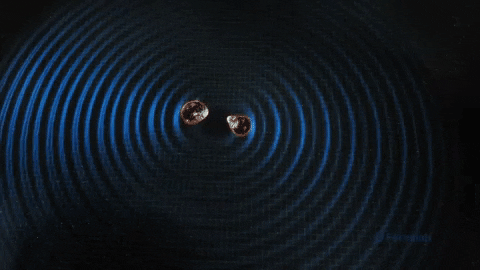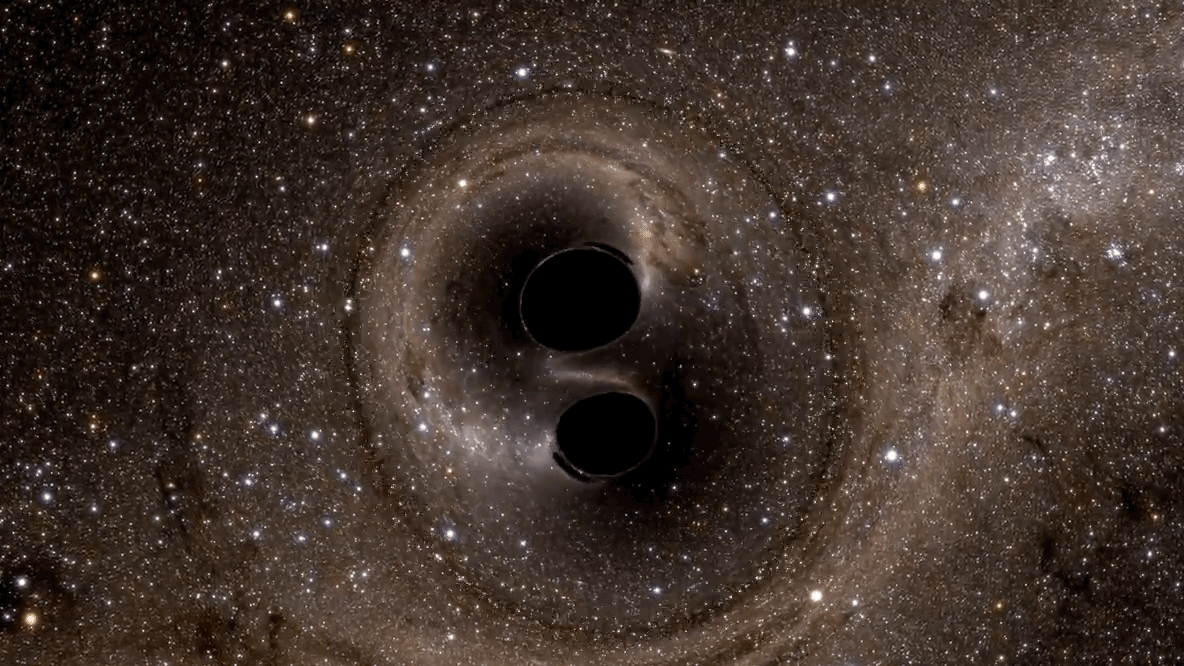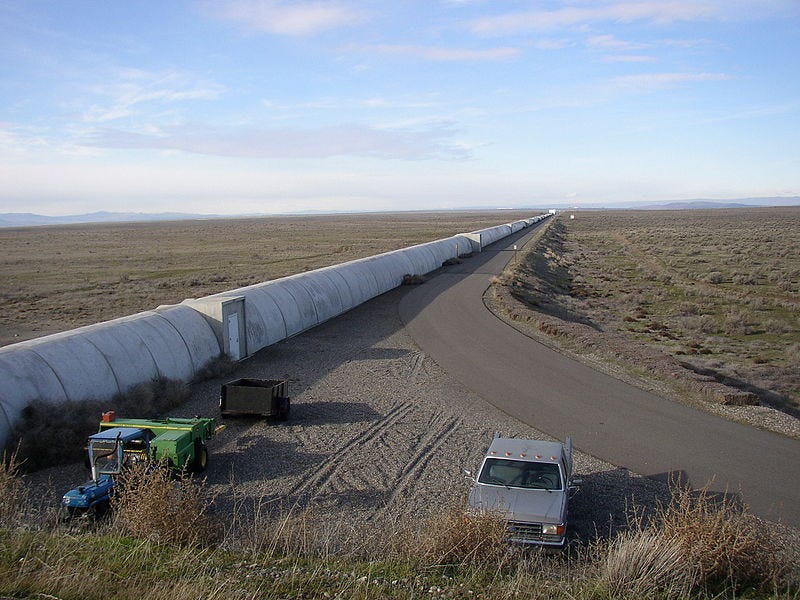Cosmic Revelation: The Birth of a Black Hole Monster
Written on
Chapter 1: The Discovery of a Cosmic Monster
In the distant past, a monumental collision took place, resulting in the birth of a cosmic entity that profoundly affected the universe. Black holes exhibit fascinating characteristics. We can observe smaller versions known as Stellar-mass Black Holes, which range from approximately 5 to 68 times the mass of our Sun. These smaller black holes form when the largest stars exhaust their fuel and collapse under their own gravity. On the other end of the spectrum, we have Supermassive Black Holes, which possess masses that can reach millions or even billions of times that of our Sun. However, a significant question arises: what happens to the intermediate-sized black holes? Until recently, we had never identified one, but current theories suggest they play a crucial role in the creation of Supermassive Black Holes.
On May 21, 2019, the advanced instruments of the LIGO detector captured a remarkable signal. This signal revealed gravitational ripples originating from a massive collision that occurred over 7 billion years ago, leading to the formation of an intermediate-mass black hole.
Before we delve into this thrilling discovery, let's clarify what is meant by a "ripple in spacetime."
The concept originates from Einstein's theory of General Relativity. We often visualize gravity as a dent in the fabric of spacetime, which is a model of how mass affects the structure of space. Instead of being a conventional force, gravity is the result of mass bending this fabric. We experience gravity as if we are "falling" into this dent.

Gravity also adheres to one of Einstein's other significant findings: the universal speed limit. The influence of gravity travels at the speed of light, meaning the spacetime "surface" itself also moves at this velocity.
So, what transpires when two massive objects orbit each other at incredibly high speeds? Imagine two black holes spiraling closer together, accelerating until they merge. The bending of spacetime struggles to keep pace, resulting in ripples that propagate through space at light speed. These ripples are known as Gravitational Waves.

Gravitational Waves are extraordinary phenomena. They represent disturbances in spacetime and do not resemble any typical wave we might encounter. When such a wave passes, it slightly alters distances in the direction of its travel. This phenomenon can be likened to ripples in a pond, as illustrated in the simulation below.

Located 17 billion light-years away, the gravitational waves we detect are incredibly faint. Their minute nature necessitates the use of our most sophisticated measuring tool, known as LIGO (Laser Interferometer Gravitational-Wave Observatory). LIGO operates two facilities, each featuring two 4 km long vacuum tubes arranged perpendicularly, equipped with an advanced laser measurement system capable of detecting changes as small as 1/10,000th the width of a proton. This astonishing precision is essential for identifying the minuscule disturbances caused by Gravitational Waves.

The two perpendicular tubes allow researchers to discern the direction of incoming waves, as each tube will respond differently based on the wave's trajectory. With two sites located across the United States, LIGO can effectively eliminate local noise that might interfere with measurements, ensuring highly accurate readings.
Now, what made the event on May 21, 2019, particularly remarkable, also referred to as GW190521? It was the mass of the black holes involved in the collision and the resulting larger black hole that captured attention. The black holes had masses of 66 and 85 solar masses, and their merger produced a new black hole with a mass of 142 solar masses. Notably, this is just nine short of the combined mass of the original black holes, with the lost mass converted into energy, generating approximately 1.6 x 10^32 Joules—equivalent to 160 nonillion Joules or 160 quadrillion quadrillion Joules. To put this into perspective, this amount of energy is roughly equivalent to 2.5 quintillion Hiroshima nuclear bombs.
This colossal event sent ripples through the universe, detectable from 17 billion light-years away. Thus, the immense energy release is not surprising. However, the most significant aspect is the mass of the black holes involved. Current models predict that a single star cannot form a black hole exceeding 70 solar masses due to instability; stars larger than 60 solar masses consume their fuel too rapidly and explode before collapsing into a black hole. Therefore, the largest Stellar-mass black hole we have observed is around 68 solar masses.
The smaller black hole in this merger is likely a gigantic Stellar-mass black hole, whereas the larger one, at 85 solar masses, cannot be produced from a single collapsed star. Instead, it likely originated from the merger of two smaller Stellar-mass black holes.
This insight is particularly intriguing because it may indicate that we are witnessing the emergence of a genuine cosmic monster: a Supermassive Black Hole.
Currently, the origins of Supermassive Black Holes remain a mystery. One theory posits that regions where stars form give rise to many massive stars clustered together. These stars eventually collapse into Stellar-mass black holes, creating a region dense with black holes. Over time, these black holes merge, resulting in a colossal black hole with millions of solar masses. If this theory holds true, it suggests that the Supermassive Black Holes we observe in galaxy centers formed early in the universe's history, with galaxies subsequently forming around them.
Conversely, another theory proposes that galaxies feed a small Stellar-mass black hole with stars and cosmic material until it evolves into a giant. This theory posits that Supermassive Black Holes appeared after the formation of galaxies.
The detection of an intermediate-mass black hole merging with another to form an even larger intermediate-mass black hole lends credibility to the first theory, indicating that the collision region is rich in black holes. Consequently, these black holes may be merging to give rise to a Supermassive Black Hole. Moreover, as this event occurred 7 billion years ago, it suggests that Supermassive Black Holes formed earlier than previously believed.
This marks the genesis of a cosmic monster—the gradual emergence of a Supermassive Black Hole. However, this is just one interpretation of the collision event. Given that the galaxy is too distant for detailed observations with telescopes, we cannot confirm the existence of a black hole-rich region. It is plausible that this collision merely involved three black holes merging, with no broader implications. Continued observations by LIGO for more intermediate-mass black hole merger events are crucial to solidifying our understanding of Supermassive Black Hole formation.
Thus, on May 21, 2019, we likely witnessed the formation of a monster black hole, whose gravitational influence will dominate its galaxy's center. While it has numerous mergers ahead before reaching its ultimate cosmic form, it is undoubtedly on its path to becoming a true behemoth of the universe.
Chapter 2: Gravitational Waves Explained
The first video, "Journey to Enormous Stars: Space Monsters Unveiled," delves into the nature of massive stars and their role in black hole formation, providing further insights into cosmic phenomena.
The second video, "My Singing Monsters Complete Timeline & Lore 2023 Edition," offers a whimsical exploration of the lore surrounding these fascinating creatures, tying into the larger themes of the universe's mysteries.